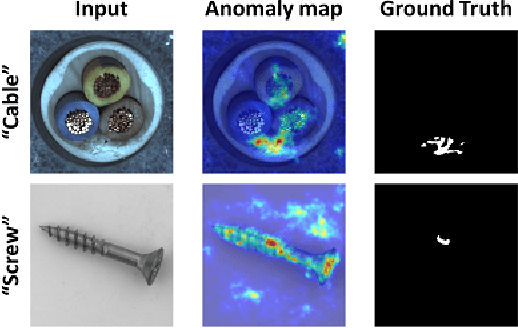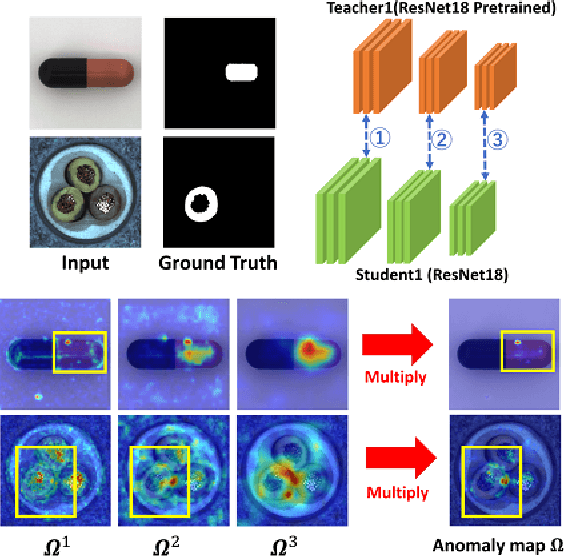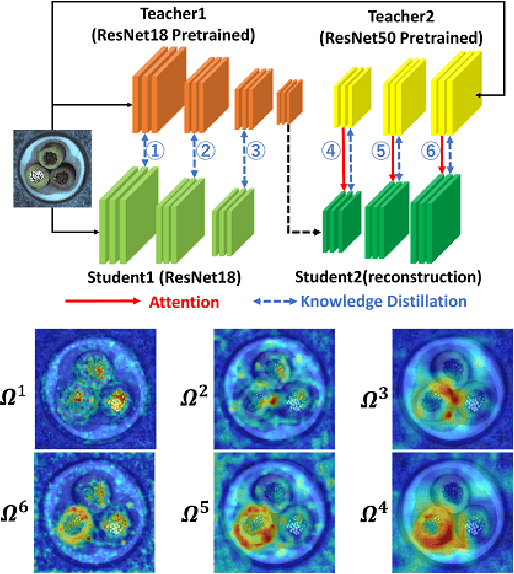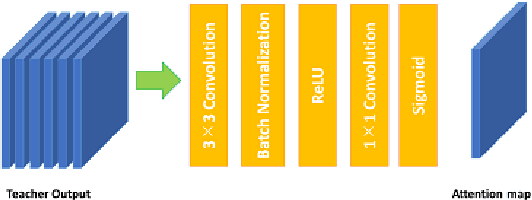Satoshi Kamiya
Mitsubishi Electric Advanced Technology R&D Center
Genetic Information Analysis of Age-Related Macular Degeneration Fellow Eye Using Multi-Modal Selective ViT
Sep 17, 2024Abstract:In recent years, there has been significant development in the analysis of medical data using machine learning. It is believed that the onset of Age-related Macular Degeneration (AMD) is associated with genetic polymorphisms. However, genetic analysis is costly, and artificial intelligence may offer assistance. This paper presents a method that predict the presence of multiple susceptibility genes for AMD using fundus and Optical Coherence Tomography (OCT) images, as well as medical records. Experimental results demonstrate that integrating information from multiple modalities can effectively predict the presence of susceptibility genes with over 80$\%$ accuracy.
Reconstructed Student-Teacher and Discriminative Networks for Anomaly Detection
Oct 14, 2022



Abstract:Anomaly detection is an important problem in computer vision; however, the scarcity of anomalous samples makes this task difficult. Thus, recent anomaly detection methods have used only normal images with no abnormal areas for training. In this work, a powerful anomaly detection method is proposed based on student-teacher feature pyramid matching (STPM), which consists of a student and teacher network. Generative models are another approach to anomaly detection. They reconstruct normal images from an input and compute the difference between the predicted normal and the input. Unfortunately, STPM does not have the ability to generate normal images. To improve the accuracy of STPM, this work uses a student network, as in generative models, to reconstruct normal features. This improves the accuracy; however, the anomaly maps for normal images are not clean because STPM does not use anomaly images for training, which decreases the accuracy of the image-level anomaly detection. To further improve accuracy, a discriminative network trained with pseudo-anomalies from anomaly maps is used in our method, which consists of two pairs of student-teacher networks and a discriminative network. The method displayed high accuracy on the MVTec anomaly detection dataset.
 Add to Chrome
Add to Chrome Add to Firefox
Add to Firefox Add to Edge
Add to Edge